For nearly 50 years, the name Pelican has been synonymous with American-made, high-quality, indestructible cases that have made traveling with firearms (and other equipment) safe and secure.
Anyone who has owned a hard case knows how difficult and frustrating it can be to cut and configure foam to fit their firearms. Even attempting to set up a case that has Pick N Pluck foam can be a challenge. Then, after the case has been set up, it only works for one type of firearm. Replacement foam must be purchased, which adds to the cost — even more so for those who travel with different firearms at different times of the year.
At this year’s SHOT Show, Pelican released Re-Set Kits for the 1700 series of Protector Cases (1700, 1720 and 1750). Re-Set is intended to solve most case configuration problems.
The Details
Each Re-Set kit includes three grids with dozens of foam pegs that go up and down. Also included is a fourth grid with a “cut out” that provides space for the turrets on large rifle scopes. If needed, the “cut out grid” is used instead of the middle grid.
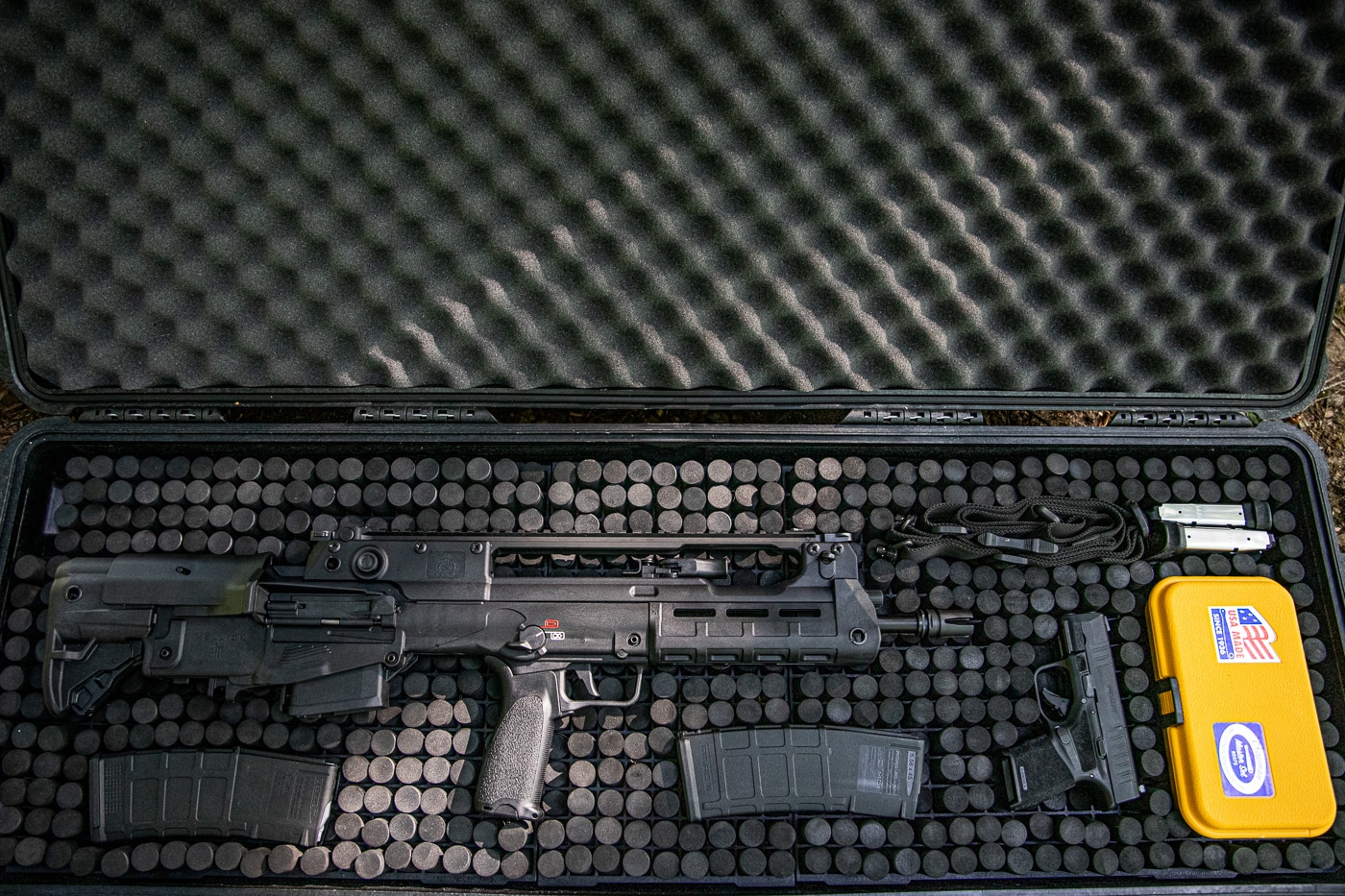
Installing the grids is simple. First, remove the foam from the bottom of the case and replace it with the grids. The lid foam remains in place. The pegs, which are made out of high-density ethylene-vinyl acetate (EVA) foam, secure and protect guns, scopes and other gear.
The pegs are moved up and down and arranged to create an outline of the object that the user wishes to carry in the case. The pegs that the object rests upon are the ones that are pushed down. The other pegs are left up and surround the object being transported. These pegs that are in the up position keep the items from moving around in the case.
Pelican says that the high-density EVA foam pegs are “more robust” than the solid polyurethane foam that comes inside a case. Each grid has several fixed pegs that allow the grids to “stand off” from the bottom of the case. The “stand off” is what allows the other pegs to freely move down.
Pelican recommends leaving at least one row of pegs between any objects and the case walls. I also left at least that amount of pegs between the different items I placed into the case. This is similar to their recommendation to leave at least one inch of foam between items and the walls of cases that are configured with traditional foam.
Hands-On
I installed the Re-Set system in a Pelican Protector 1720 case and, for a few months, have tested it extensively with a Saint M-Lok rifle and a Hellion rifle. When I travel, I generally bring at least one pistol and sometimes a rifle. The case had ample room for a TRP 1911 or a Hellcat and a few magazines to ride with the rifle. It was easy to arrange the pegs to allow a Chapman Tool Kit to also be packed with one of the rifles. The Re-Set system allows endless possibilities.
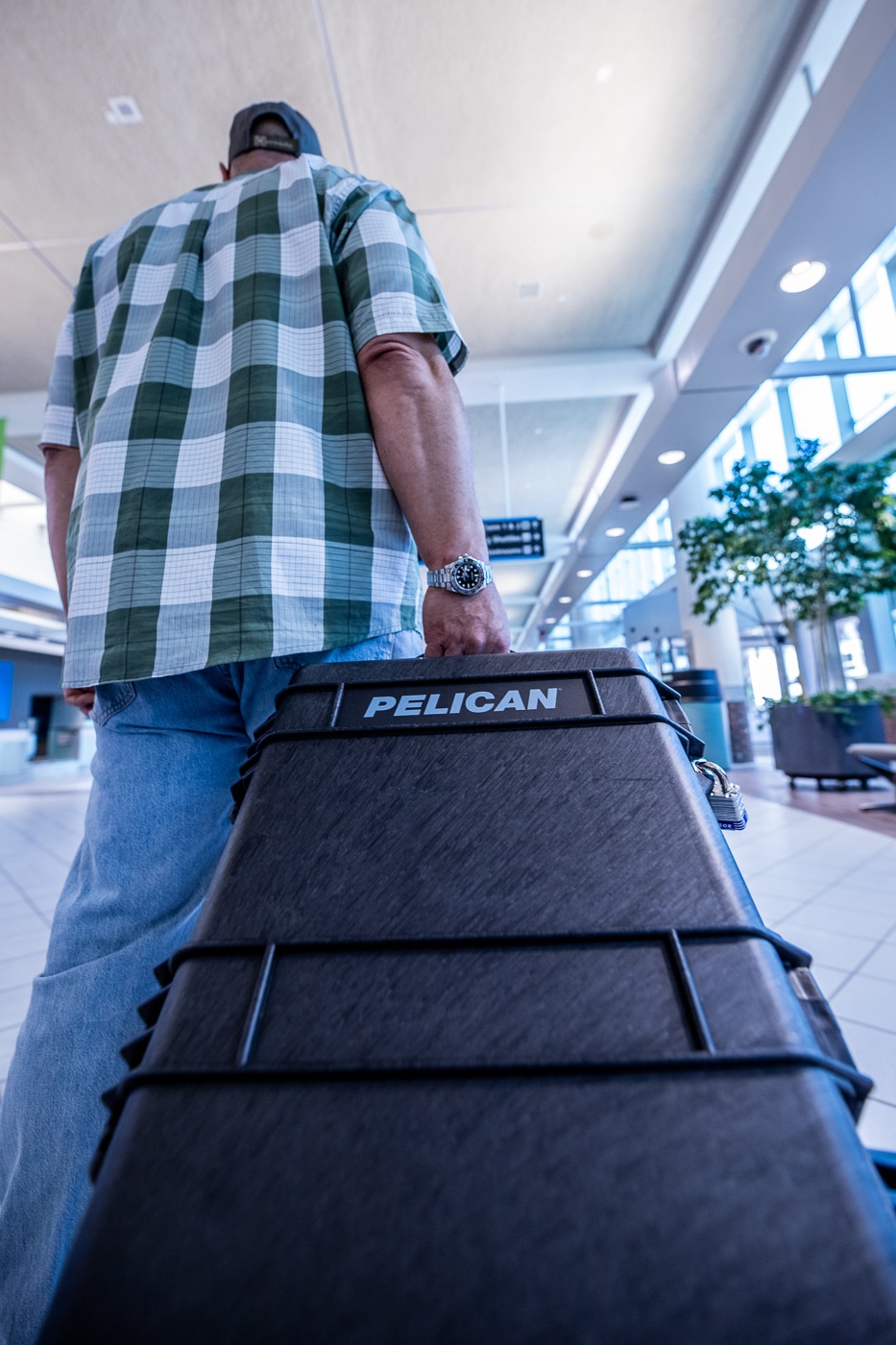
When moving through airports, every ounce of weight and each inch of length matters to me. This is why I selected a Pelican 1720 and Re-Set to evaluate for this article. The 1720 is the middle-size in the 1700 series of Protector cases. However, at 45” long with an empty weight of 23 lbs., it’s by no means a small case. The interior provides almost 42” of length, which is ample for tactical rifles. Don’t forget that when traveling by commercial airline, a padlock must be installed in each provided hole, or the case won’t fly.
Quick-release optics mounts, QD sling swivels and collapsible stocks made fitting these rifles into a mid-sized case easier. Without those features, I probably would have needed the longer 1750 case. While I try to minimize case weight and length, after working with the 1720 and Re-Set for a few months I think the slightly longer Pelican 1750 would add a bit more versatility because it would leave more room for ammunition, spare magazines and tools. For those who travel with longer rifles like an SA-16A2, Waypoint or an M1A, a Pelican 1750 would be ideal.
If you need to transport ammunition by air, it can be easily locked in a smaller case, such as a Pelican Ruck, and dropped into a suitcase with clothing. Just be sure to padlock the Ruck and stay in compliance with TSA and airline rules. However, if traveling by air for any sort of serious training, it makes sense to pre-ship ammunition to the training location.
The Foundation
Pelican told me that even though the grids are flexible when handled, they’re sturdy and will survive commercial airline handling. During the development of Re-Set, Pelican drop-tested cases that had mock loads inside consisting of blue gun rifles and simulated weight replicas. Pelican has been subjecting all of their cases to this type of testing for many years.
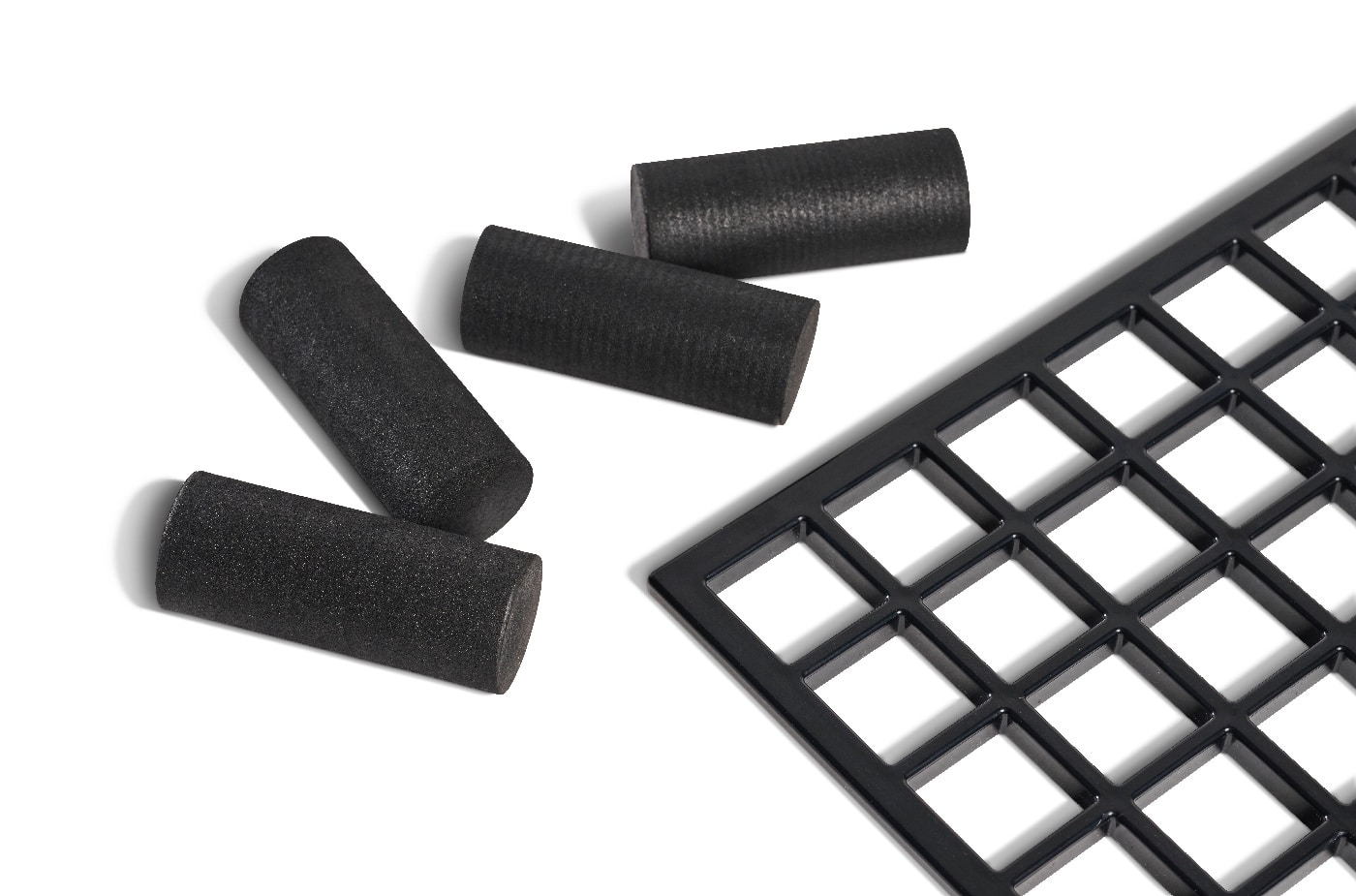
What I found especially compelling was that a Pelican team member traveled by commercial airline to Africa for a hunt. The rifle, with a scope mounted, was transported in a Re-Set-equipped case. The rifle and scope made it to the destination without damage, the scope held zero, and it was repacked and transported home safely.
Like all Pelican Protector cases the 1720 is made in America, and it has an automatic purge valve that equalizes air pressure (this is important for air travel). The lid has a silicone O-ring seal and, for ease of carrying, it includes over-molded rubber handles at both ends and in the middle of the long side as well as two wheels and stainless steel hardware.

Pelican Protector cases have a limited lifetime warranty. I’ve been using Pelican protector cases for decades and I think that the newest generation of Protector cases is the best yet.
Pelican has plans to expand the Re-Set line in the coming year, and I’ve been told that customers can expect to see cases prepackaged with Re-Set instead of base foam. I certainly think this is a worthy addition to the popular line.
Editor’s Note: Please be sure to check out The Armory Life Forum, where you can comment about our daily articles, as well as just talk guns and gear. Click the “Go To Forum Thread” link below to jump in and discuss this article and much more.
Join the Discussion
Featured in this article
Read the full article here






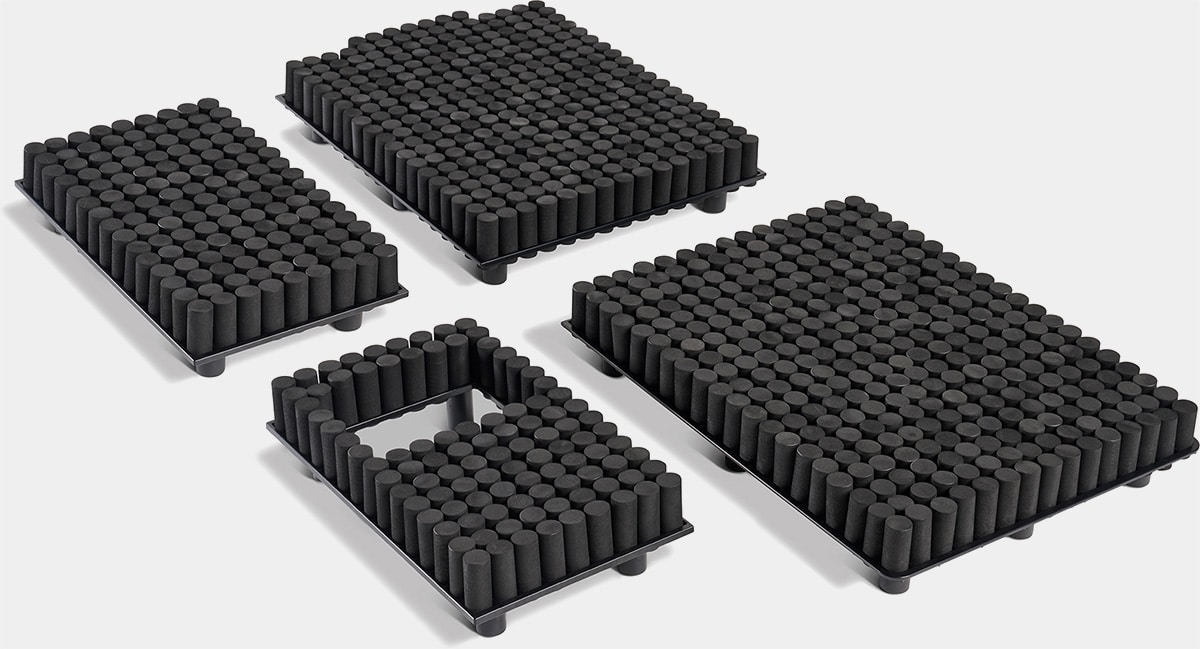
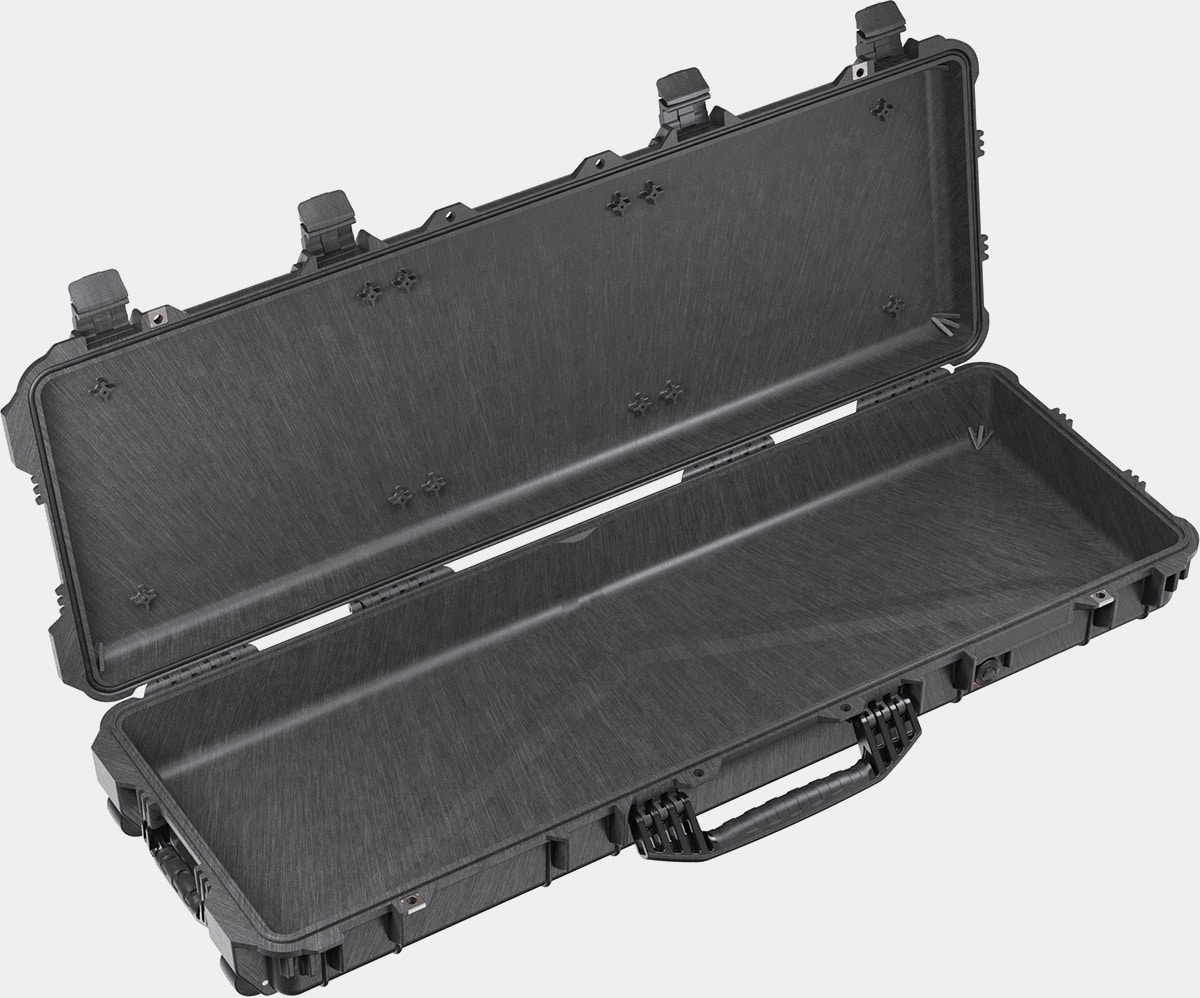
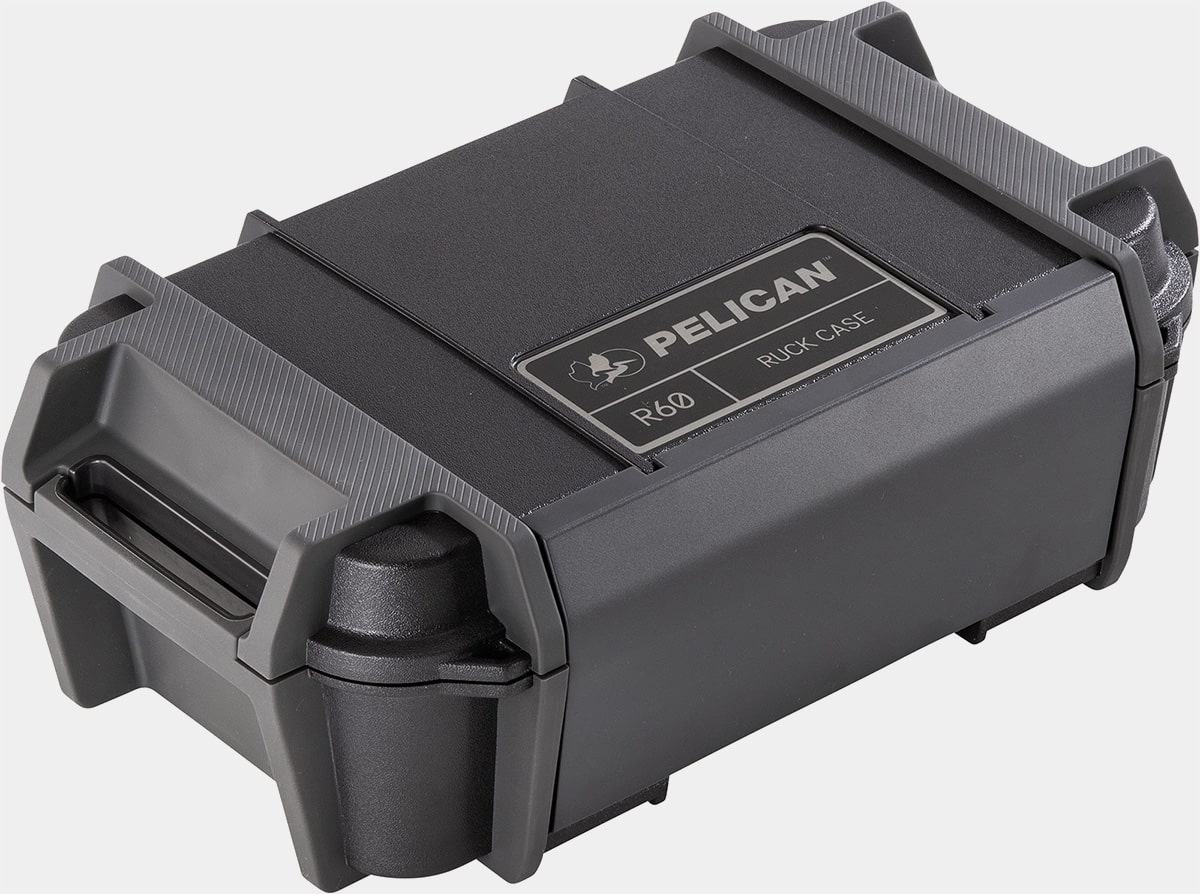
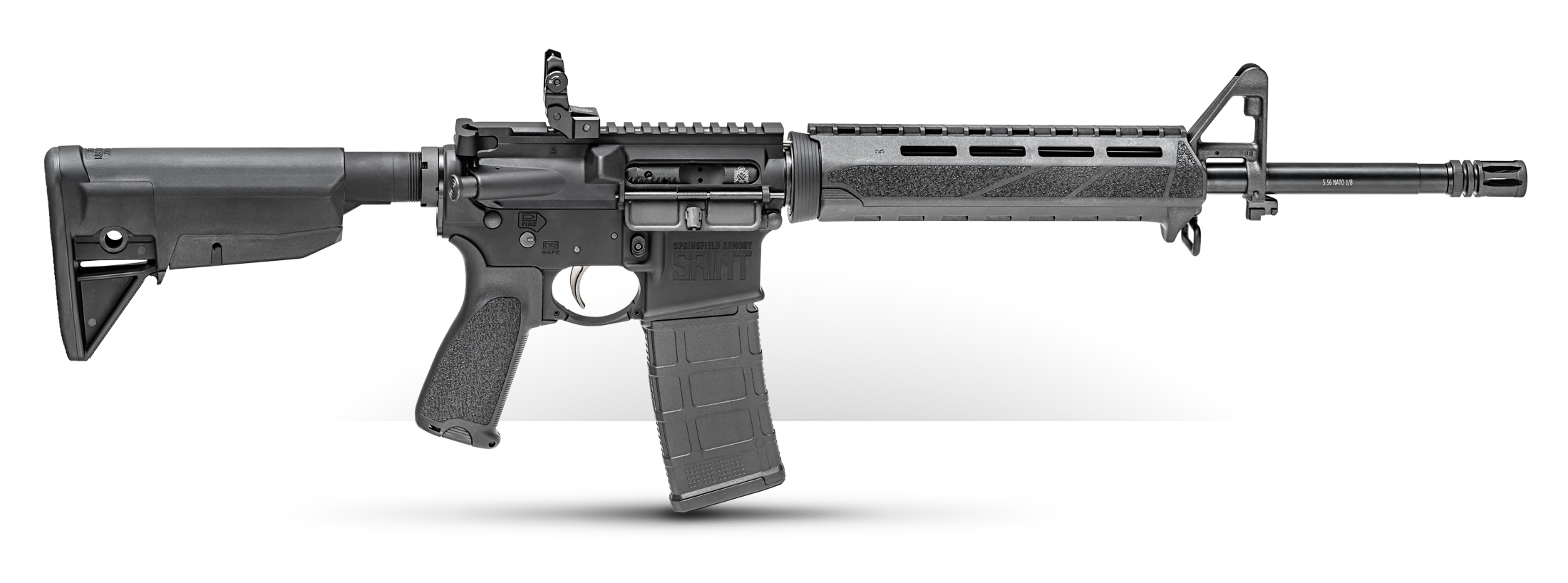

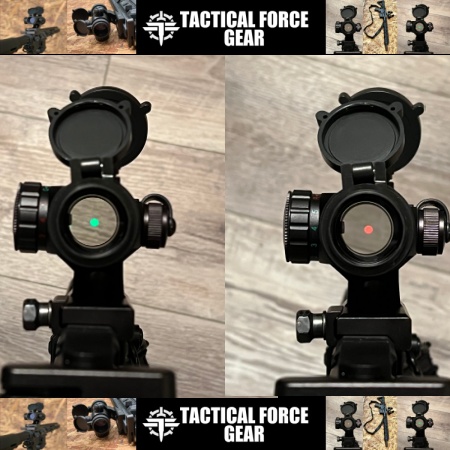
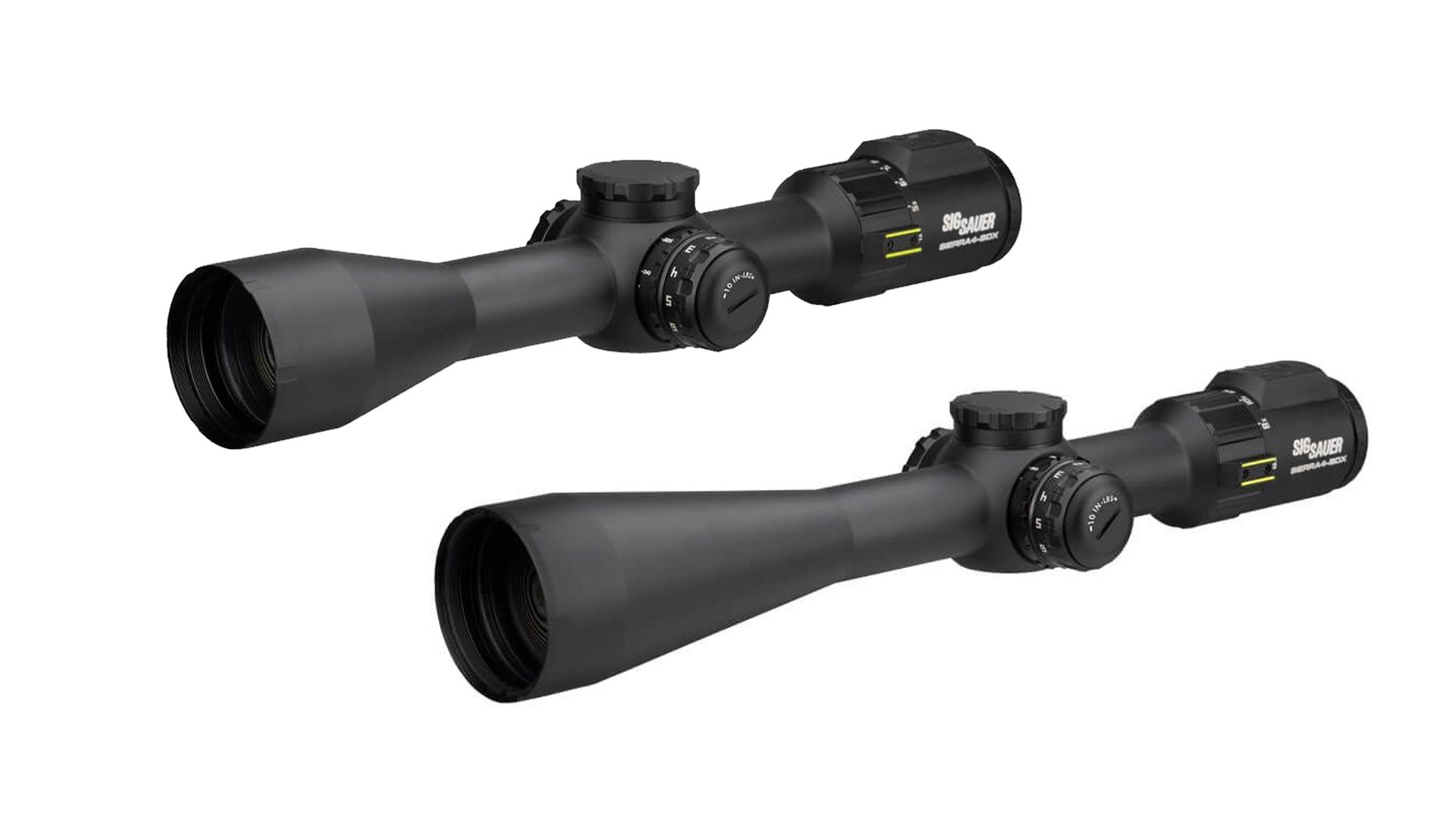



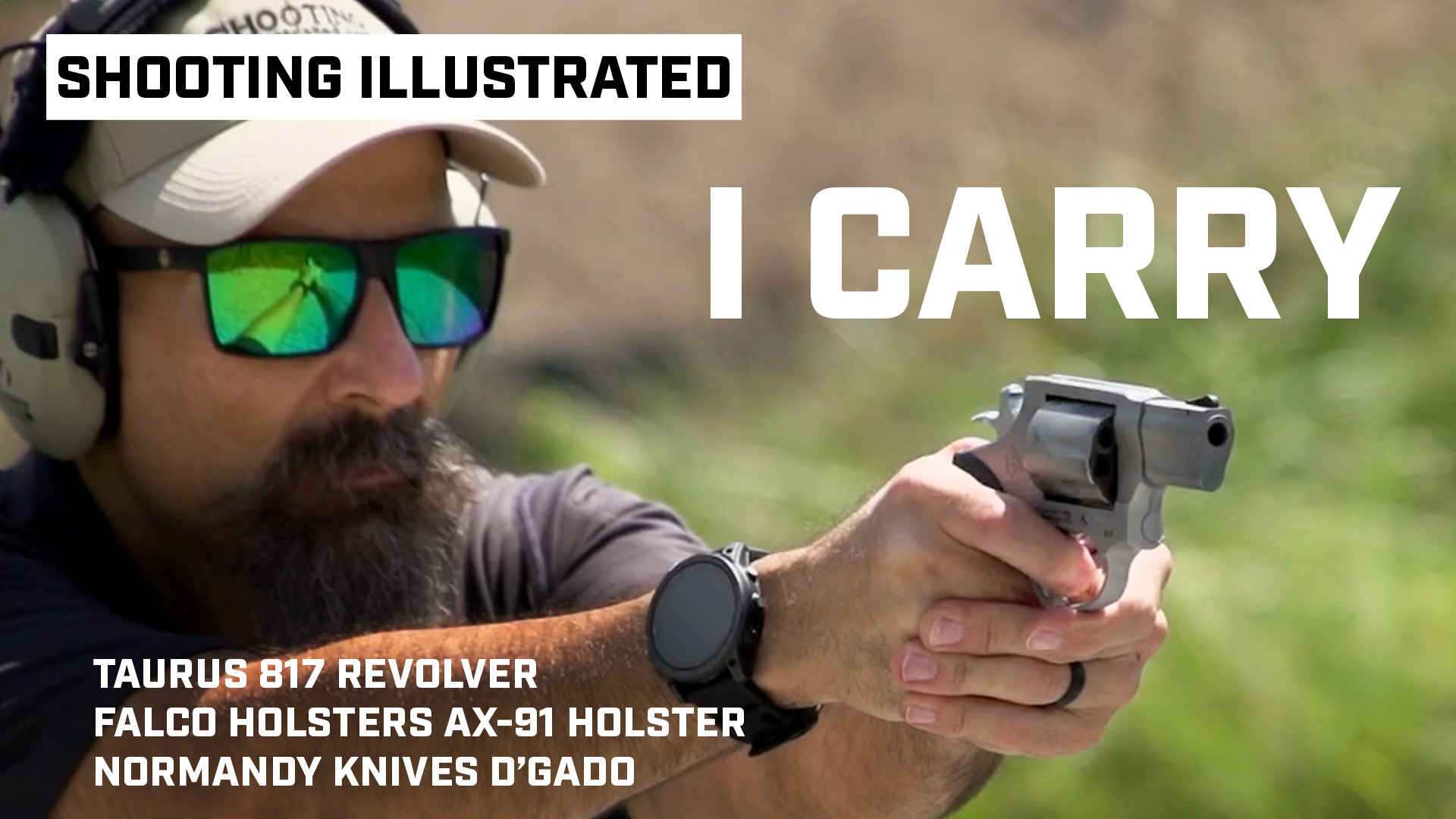





Leave a Reply